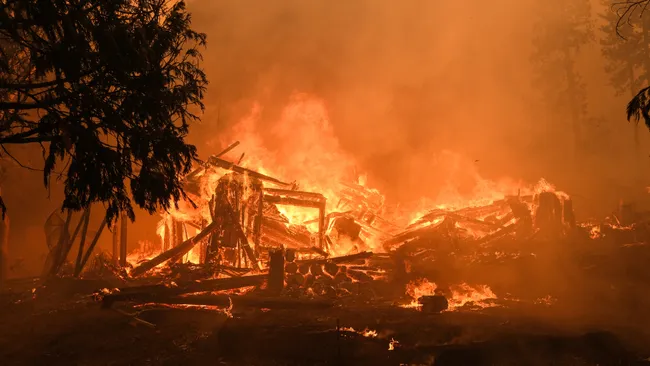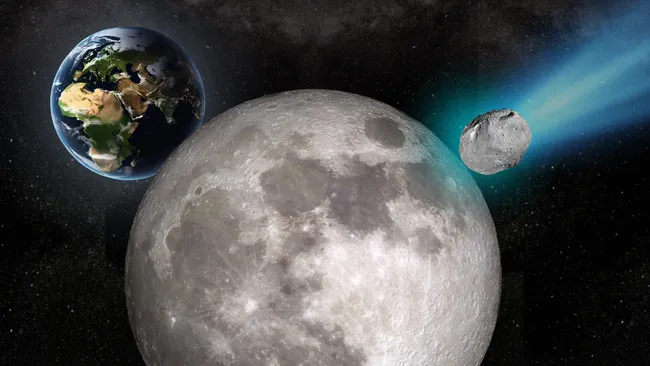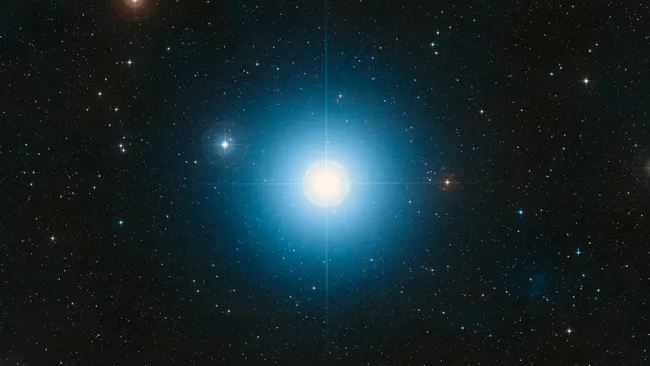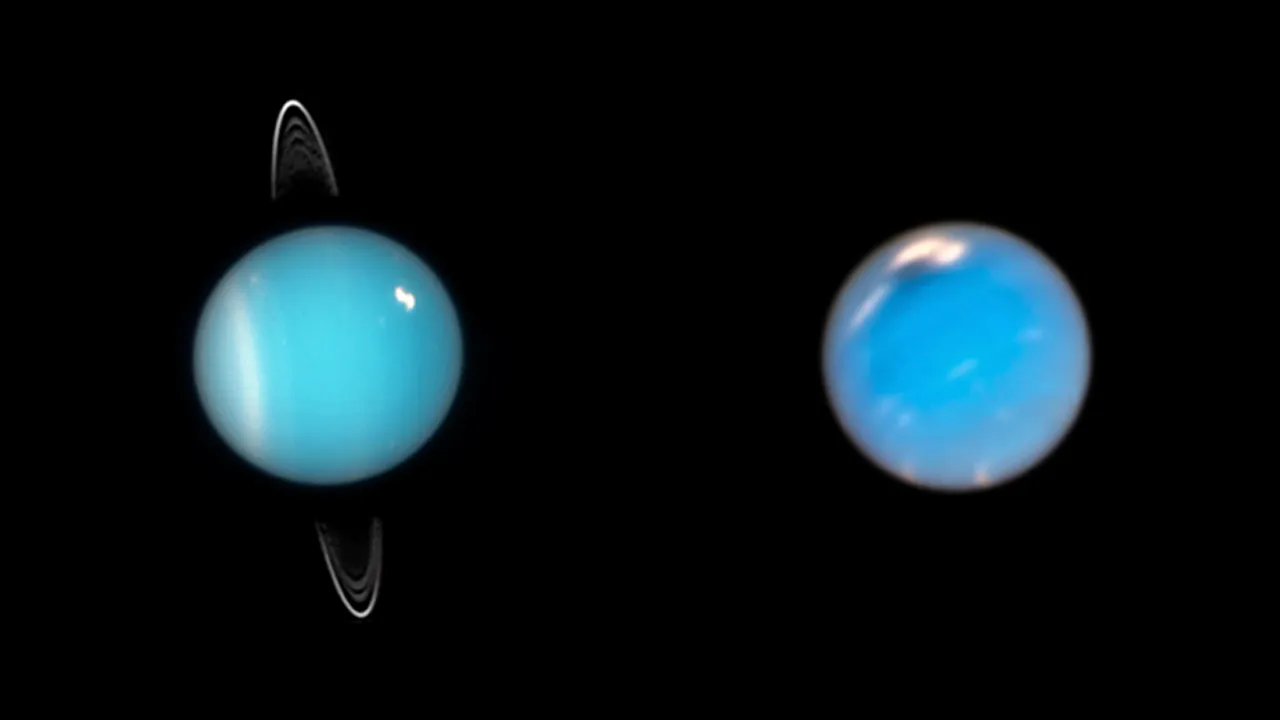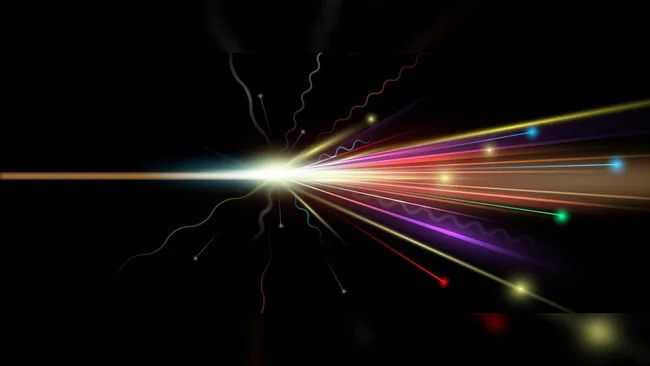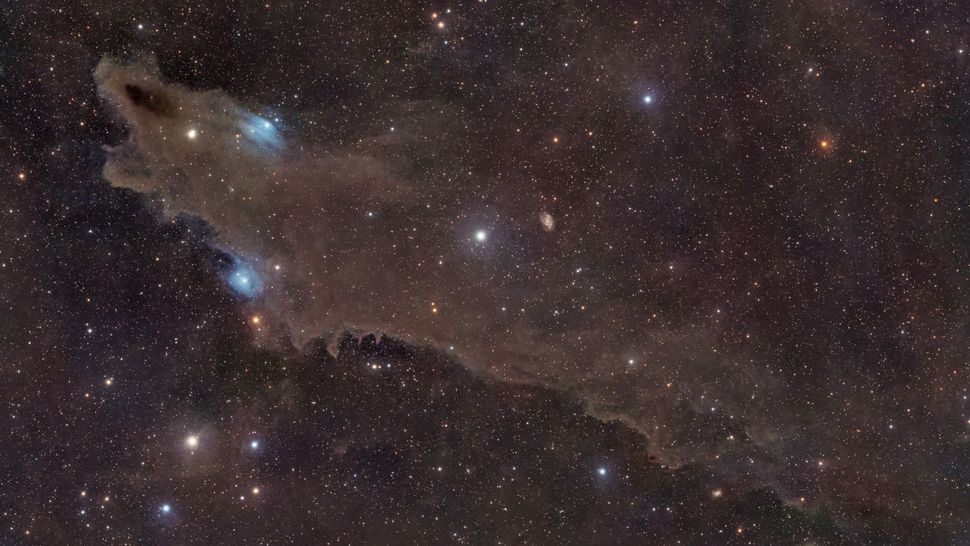Wildfires across the globe have reached unprecedented intensity, with scientists confirming that human-driven climate change is the primary cause behind one of the most extreme fire years on record.
According to the State of Wildfires 2024–25 report, global warming caused by human activity has drastically increased the intensity and scale of global wildfires, making severe fire seasons up to 35 times more likely than in a cooler climate.
The international study used satellite data, weather reanalysis, and land-surface models to analyze how extreme heat, drought, and vegetation shifts contributed to record-breaking fires spanning regions from the Amazon to California.
“Land surface models simulate how climate, vegetation, and fire interact across the Earth’s surface,” said Douglas Kelley, a land surface modeler at the U.K. Center for Ecology & Hydrology (UKCEH) and co-lead author of the report. His team ran thousands of simulations of past fire seasons, both with and without the effects of human-driven climate change, and analyzed vegetation models to determine how plant growth and decay feed wildfire fuel.
The results revealed that from March 2024 through February 2025, wildfires consumed 1.4 million square miles (3.7 million square kilometers)—an area larger than India.
Certain regions saw alarming increases in wildfire emissions. Bolivia recorded its highest carbon dioxide emissions this century (771 million tons), while Canada exceeded one billion tons for the second consecutive year. Brazil’s Pantanal region, the world’s largest wetland, released six times its average CO₂ emissions. These spikes intensified the greenhouse effect, creating a feedback loop that fuels even more extreme fires.
Kelley emphasized that the link between climate change impact and wildfire intensity is now undeniable. “Wildfires are shaped by complex interactions of weather, vegetation, and land use, but across all our models, the conclusion remained clear—human-driven climate change amplified these extreme fire events,” he said.
The toll has been devastating. Between 2024 and 2025, wildfires killed over 200 people globally, including 100 in Nepal, 34 in South Africa, and 30 in Los Angeles. Southern California fires alone forced 150,000 evacuations and caused $140 billion in damages. Canada’s Jasper National Park suffered losses exceeding $1 billion, while Brazil’s Pantanal agribusiness sector lost more than $200 million.
Air quality also deteriorated sharply. In Brazil, fine particulate pollution from fires reached 60 times higher than World Health Organization safety limits, exposing millions to toxic air.
Much of this data comes from satellites in low-Earth orbit, including NASA’s Terra and Aqua satellites, which monitor active fires, burn scars, and smoke pollution. These space-based observations were crucial in validating the climate-fire models used in the State of Wildfires report.
Future reports are expected to leverage next-generation hyperspectral sensors and Earth observation satellites capable of tracking vegetation dryness, fuel buildup, and early ignition events in near real time.
Looking ahead, Kelley stressed the need for global policy coordination. “We touch on this in our summary for policymakers—how wildfires affect climate finance and nature-based climate solutions,” he said. “We still need deeper study into local fire management decisions—what worked, what failed, and what we can learn. That will be the focus of our next phase of research.”

